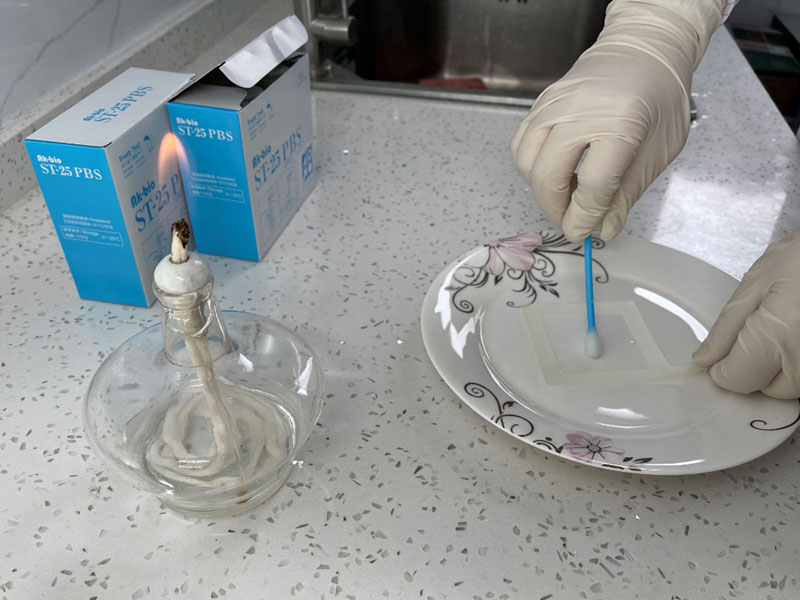The selective culture medium in microbiology refers to the medium designed according to the special nutritional requirements of a certain (type) microorganism or the resistance to certain special chemical and physical factors, which can selectively distinguish this (type) microorganism. The use of selective culture media can make a certain type of microorganism in the mixed flora become a dominant population, thereby improving the screening efficiency of this type (type) of microorganisms. For example, a medium with cellulose as the sole carbon source can be used to screen cellulose-degrading bacteria; a nitrogen-free medium can only grow nitrogen-fixing bacteria and is a selective medium for nitrogen-fixing bacteria; culture medium with pH 5.0~5.5 is conducive to the growth of fungi, and the neutral or slightly alkaline medium is more beneficial to the growth of bacteria and actinomycetes; adding specific dyes or antibiotics to the medium to inhibit the growth of certain bacteria can also improve the growth of the medium, and it can also improve the selectivity of culture medium, which is of great practical significance for screening strains.
Selective culture medium is a medium used to select and isolate recombinant, mutant or preferred microorganisms in nature. If two different auxotrophic strains are inoculated on a minimal medium, prototrophic recombinants can be selected. Another example is that only mutant strains resistant to this antibiotic can form colonies on a medium containing an antibiotic. It is also possible to select certain medium components so that a certain microorganism best adapted to the medium can successfully compete and exceed other microorganisms present in the inoculum.
1. Agar selection and separation
Legionella GVPC agar is specially designed to isolate Legionella from most respiratory specimens, especially for infectious diseases, such as Legionella invading the lung, which is a frequently involved specimen (Pontiac fever). There are also Legionella bogeman, Legionella long beach, Legionella dubriella, Legionella jordanii, Legionella golemann, Legionella anisei, and Legionella mikedade.
2. Agar selection bend
Columbia Agar is a selective medium for the separation of Campylobacter (mainly Campylobacter jejuni and Campylobacter coli) in stool. Sheep blood formula helps the growth of target strains. Nutrition can be improved by reducing reagents.
To ensure good selectivity, antibiotics and antifungal drugs are added. This medium can prevent contamination by most bacteria and fungi. The colonies of Campylobacter specifica are small and gray, and sometimes extend along the inoculation stripes.
 A Tentative Study on the relevance of HACCP certification and infection control in hospital
A Tentative Study on the relevance of HACCP certification and infection control in hospital
 Environmental Sanitation Microbiology Testing
Environmental Sanitation Microbiology Testing
 Microbiology Test in Food Industry
Microbiology Test in Food Industry
 The Applicability of High-quality Ready-to-use Swab Sampler for Tableware Sampling and Public Places Supplies and Utensils Microorganisms
The Applicability of High-quality Ready-to-use Swab Sampler for Tableware Sampling and Public Places Supplies and Utensils Microorganisms
 Spike Experiment of DNP Culture Media Plate Based on Ice Cream
Spike Experiment of DNP Culture Media Plate Based on Ice Cream

